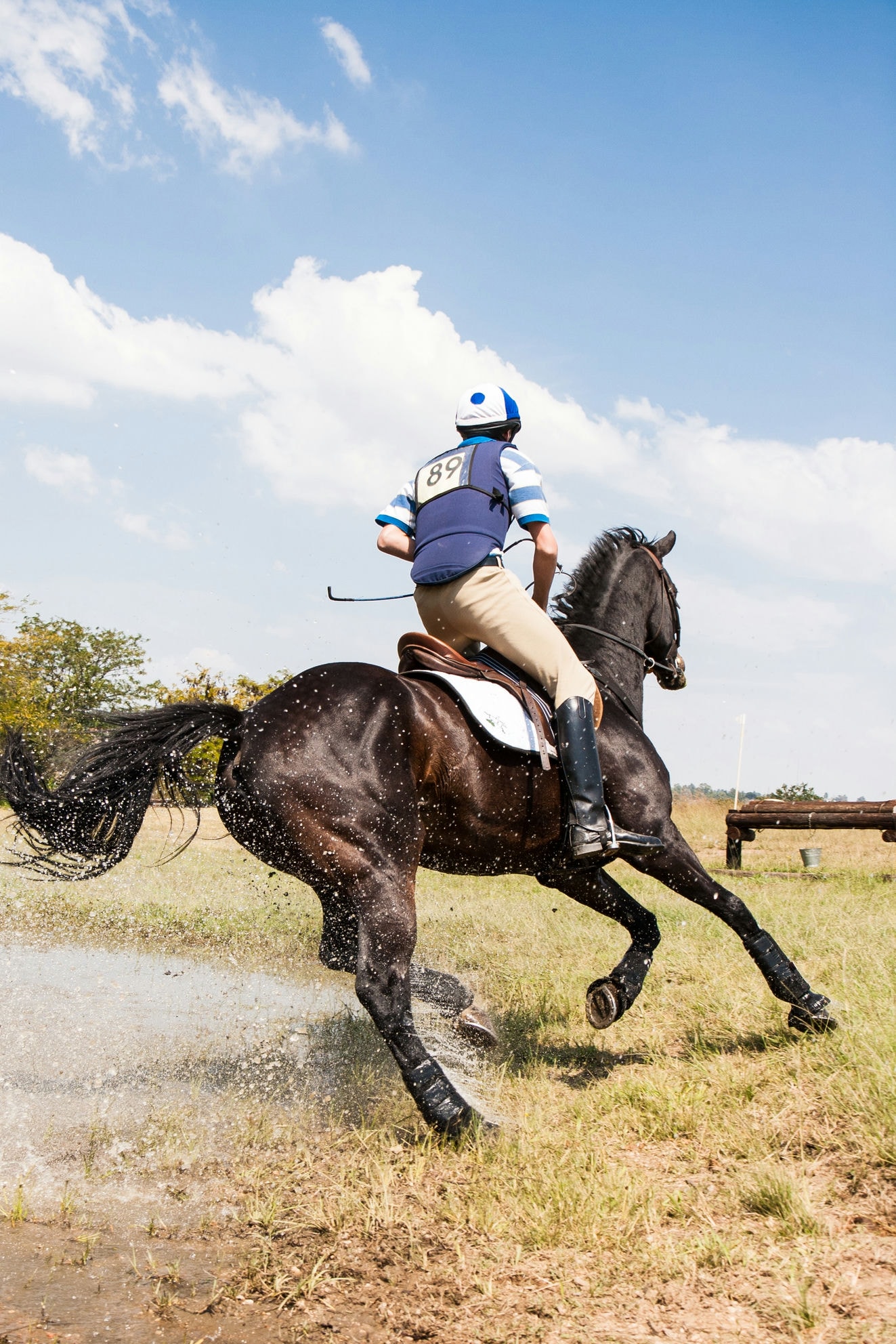How to Prepare Your Mare for Breeding
Breeding a mare requires some time commitment and is not cheap. It is not all about sperm meeting ovum. If it were that simple, we wouldn’t have an entire branch of veterinary medicine devoted to equine reproduction. It is important that you take a systematic approach when preparing a mare for horse breeding Caledon to increase the chances of success.
You first need to consult your veterinarian to determine if the breeding can happen at home or whether you need to take the mare to a breeding farm. Will you be doing artificial insemination or breeding her naturally? For artificial insemination, ensure you understand the contract and policies of the stallion owner and get such details as the days when semen shipments are available, how many doses of semen are provided, and guarantees of pregnancy and quality. Below is what you need to do when preparing a mare for breeding.
Do a Comprehensive Pre-breeding Exam
Start with a pre-breeding exam to ascertain that the mare is in good breeding condition. Some of the things to check during the pre-breeding exam include:
- Clinical exam: A veterinarian should start with a clinical exam to consider the physical health of the mare. The vet will be on the lookout for orthopedic problems – a severely lame pregnant mare can cause inflammation, pain, and stress that may result in abortion. The vet will also be on the lookout for insulin resistance and Cushing’s disease. These conditions should be addressed before breeding. The weight of the mare will also be taken. The ideal body condition score is 5 to 7 out of 10. Mares that are too thin or too heavy will struggle to conceive.
- Vulvar exam: Vulvar conformation is often overlooked. The vet should look at the vulvar, the hymen (vestibulo-vaginal sphincter), and the cervix. These should always form a barrier to the uterus to prevent feces and air contamination. In some old mares, the anus shrinks, and the vulva forms a shelf underneath – the ideal situation is the vulva being vertical with the anus above it.
- Vaginal exam: By inserting a speculum into the vagina, the vet will examine the vaginal walls and the cervix. Visual inspection will tell the vet if the mare is in her estrous cycle and it will show signs of infection (discharge), inflammation (redness), or pooling urine. The vet should also check the cervix for scarring as this leads to difficulty in dilating, which can lead to complications at foaling. The vet will also check whether the cervix can close completely – failure to close properly can lead to uterus contamination, leading to potential chronic infection and inflammation.
- Rectal palpation and ultrasound: A vet can anatomically and functionally evaluate ovaries, cervix, and uterus through rectal palpation and ultrasound. Ultrasound allows vets to see things they cannot feel, such as the ovarian structures, uterine edema, endometrial cysts, intra-uterine fluid, and cervical length.
- Clitoral swabs: Clitoral cultures are important in determining the reproductive health of a mare. They can show when a mare has chronic uterine fundal or bacterial infections. Note that although Contagious Equine Metritis (CEM), a sexually transmitted disease, is not endemic in North America and testing for it is not routinely required, a clitoral swab to test the disease is necessary for mares that have been imported into the country.
- Uterine culture and cytology: Vets can use uterine culture to look for signs of fungal, yeast, and bacterial infection and inflammation. Cytology can help check for the presence of inflammatory cells and debris, mucous, yeast, fungus, and bacteria.
- Blood tests and vaccinations: Coggins test can detect Equine Infectious Anemia (EIA), an infectious disease. This test is required before mares can be moved between states. Different states have different requirements for the test. Equine Viral Arteritis (EVA) is an STI that can cause abortions, and it presents like flu. Mares should be tested for EVA prior to breeding or after exposure to infected mares. Vaccines should be administered when breeding with infected stallions. Note that exposure to positive semen does not affect the mare.
Check if the Mare is Ready for Breeding
Once you have done the pre-breeding tests, the next step in breeding mares is addressing all the problems you may have noted. This increases the chances of a successful pregnancy. The mare is now ready for breeding. Here’s how to tell when a mare is ready to breed.
Breeding, whether through artificial insemination or naturally, should occur as close to ovulation as possible. You must, therefore, be on the lookout for signs of heat. To do this, you need to track the heat cycle of your mare. Mares have 21-day cycles, where she will be in “heat” for 5 to 7 days and where she will ovulate in the last 24 to 36 hours of heat. Signs of heat include:
- Frequent urination
- Tail raising
- Interest in stallions (head-to-head contact)
- Squatting into a breeding position (receptivity)
- Vulvar “winking”
Note that signs that a mare is unreceptive to a stallion include tail-clamping, pinned ears, disinterest and aggression, and striking towards the stallion.
Mares are “seasonal polyestrous breeders” which means they have multiple cycles during their breeding season that are determined by hours of sunlight and the length of day. By nature, mares cycle when the days are longest, which is in spring. As days get shorter, they cycle less (become “anestrous”). In addition, they go through a “transitional” phase in which they move from cycling (estrous phase) to not cycling (winter anestrous). You should time the breeding in spring and summer because the transitional period can be disappointing as it is characterized by long, unpredictable heat periods during which the mare may ovulate or fail to. The transitional period is between late February and early April. For successful breeding during this period, you can use artificial lighting to return a mare to reproductive activity, with or without medical treatment.
Choose the Right Stallion or Sperms
You will want to breed your mare with a stallion with the properties you are looking for in a horse or get sperms from such a stallion in the case of AI. Bringing up a horse is expensive since you have to feed, house, and train it for at least 5 years before even knowing how it will turn out. Consider the bloodline of the stallion. The choice should be based on your intended goal. As an example, if you want a champion thoroughbred, you want a stallion that is also a champion. Other than pedigree, other important considerations are conformation, temperament, complementing your mare (if it has any conformation faults), previous breeding record, saleability if you are breeding to sell, and fertility.
Uterine Clearance After Conception
When you breed a horse, its body will have a natural inflammatory response, mostly within the first 12 hours of breeding. This process is done to rid the uterus of dead sperm, debris, inflammatory cells, and contaminants to prepare the uterus for the foal. You should encourage uterine clearance, especially in problem mares that have been bred many times. Note that artificial insemination can affect this clearing process and lead to persistent post-breeding-induced endometritis. The clearing process in mares that have had several foals may also be sub-optimal since the uterus may be stretched, hindering natural clearing. In young mares, the uterus is usually above the pelvis, and clearing is much better.
So, how do you encourage uterine clearance? Ensure recently bred mares move around. You should also consider uterine lavage, oxytocin administration, and acupuncture to help the uterus contract. Medications such as Buscopan and misoprostol can encourage the cervix to relax.
Take Proper Care of the Mare During Gestation
The next step in the horse breeding process is checking for pregnancy. To check for pregnancy, your vet will do an ultrasound 14 to 15 days post-ovulation. Once your veterinarian has confirmed that your mare is in foal, you will need to maintain the pregnant mare. There are not many special requirements compared to how you would maintain any other horse, the major exceptions being vaccination and nutrition. The vet should administer the equine herpesvirus-1 vaccine at 5, 7, and 9 months and the core vaccinations (tetanus, rabies, Eastern/Western equine encephalitis, and West Nile virus) at 10 months.
For mares that are “open” or not pregnant, their nutritional needs are similar to those of a horse that does light work or is at maintenance. It should consume from 1 to 1 ½ percent of its body weight in feed. Between 75 and 100% of this should be forage (pasture or hay), while 0 to 25% should be grain. During the last trimester, the mare will require 30% more nutrition. You should consider the quality of the hay when determining how much to feed the mare.
Note that while most mares safely foal unattended, there are some that have difficulty doing so. Any difficulty lasting longer than 15 to 20 minutes could lead to impaired foal or worse. You should, therefore, consider sending your mare to a foaling facility, at least for the last month of gestation.
At Amplify Stables, we will advise you on how to breed a horse. You can bring your mare to us as we have all the facilities and expertise needed for successful breeding. Call us today for breeding horses and other services like boarding, training, breaking, and rehab therapy.
- 787 views
- 0 Comment





